A01 Social structure of the Yayoi period in the Kanto region revealed by osteoarchaeological study of human skeletal remains excavated from marine erosion caves along the Miura Peninsula
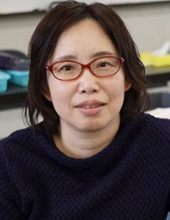
Aiko Saso
Lecturer, Institute of Physical Anthropology, Niigata University of Health and Welfare
A02 Population genome analysis of Yayoi people with different burial styles:
Reconstruction of prehistoric social structure
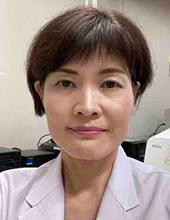
Fuzuki Mizuno
Department of Legal Medicine, Faculty of Medicine, Toho University
A02 Paleometagenomics: Unveiling Bioarchaeological Insights
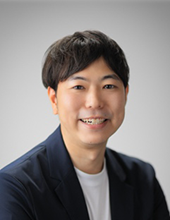
Koji Ishiya
Sapiens Life Sciences, Evolution and Medicine Research Center, Kanazawa University
A02 Study for improving the sensitivity of DNA analysis from bioarchaeological samples
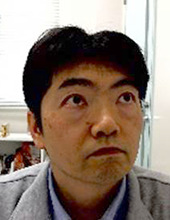
Fumihito Miura
Specially Appointed Professor, Graduate School of Frontier Sciences, The University of Tokyo
A03 Elucidation of regional specificity and changes of use of animal resources by multi-element isotope analysis of animal remains
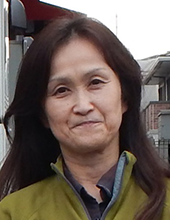
Eriko Ishimaru
Hiroshima University Museum, Researcher
B01 Hydroisostasy-based high-resolution reconstruction of late Quaternary paleotopography in the Japanese Islands
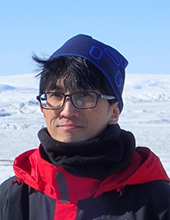
Jun’ichi Okuno
National Institute of Polar Research / Research Organization of Information and Systems
B02 The cultural transition of Hokkaido and climate and marine environment in the archive of the shell remains
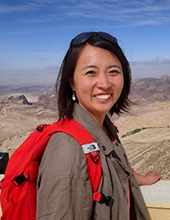
Atsuko Yamazaki
Lecturer, Graduate School of Environmental Studies, Nagoya University
B02 Research on Sus inoi : A cross-disciplinary survey on the rise and fall of raising Sus inoi and the actual conditions of its breeding
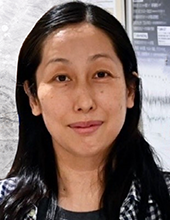
Naomi Kami
National Museum of Japanese History
B03 Reconstruction of food diversity in the Ryukyu Kingdom period by palaeoproteomics of coprolites
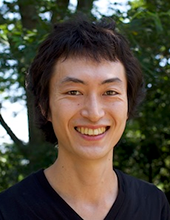
Takumi Tsutaya
Assistant Professor, Ph.D. Research Center for Integrative Evolutionary Science, Graduate University for Advanced Studies (SOKENDAI)
B03 Study of Human history on cave sites in Okinawa
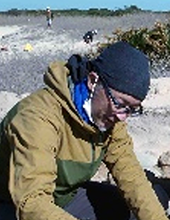
Takayuki Shinzato
Professor, College of Global and Regional Culture, Okinawa International University
B04 Deciphering prehistoric human infectious disease dispersal and migration patterns from ancient parasitic DNA
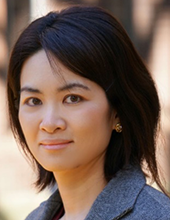
Kae Koganebuchi
Assistant Professor, Graduate School of Science, The University of Tokyo
C01 Development of a technique to determine the origin of wood using oxygen and strontium isotopes of tree rings

Masaki Sano
Associate Professor, National Museum of Japanese History
C02 Phylogenetic Reconstruction of the Ancient Aedes aegypti and Clarification of its Genetic Contribution to the Modern Japanese Cat
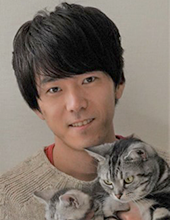
Yuki Matsumoto
Institution Researcher, Anicom Specialty Medical Institute Inc.
C02 Comprehensive research on zoonotic diseases in prehistoric Japan
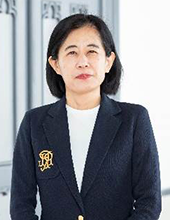
Atsuko Miyaji
Professor, Division of Humanities, Nara Women’s University
C02 Construction of de novo Japanese and Ryukyu wild boar genome assemblies toward the investigation of adaptive evolution
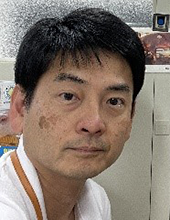
Masaaki Taniguchi
NARO
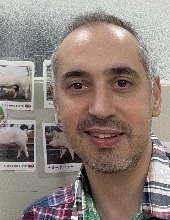
David Gamarra
NARO
C02 Advancing a New Understanding of the Origins of Japan’s Indigenous Livestock through Population Genomics
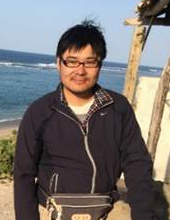
Takahiro Yonezawa
Professor, Graduate School of Integrated Sciences for Life, Hiroshima University
